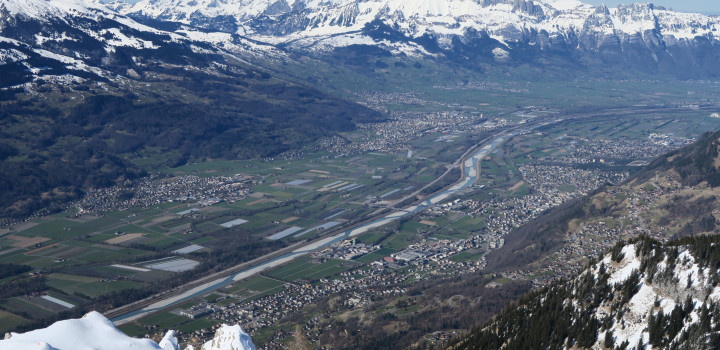Considering city and landscape holistically and on a large scale is the foundation for sustainably developing all living environments.
The contrasts between city and landscape are becoming more and more blurred. Locations that are difficult to define, that cannot be assigned to one category or the other, are coming into being. For such hybrid spaces, it is necessary to find new interpretations that are accepted by residents as attractive living environments. We comprehend considering spaces on a large scale, and thus as a “landscape,” as an opportunity for qualitative further development toward an ecological city-landscape, which provides a sustainable basis for life for future generations.





















